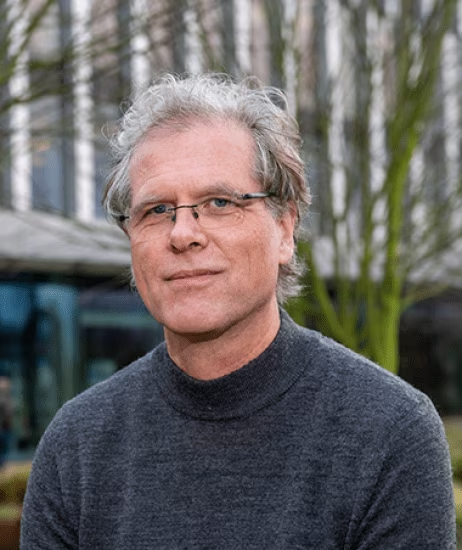What is this research about and why is it relevant?
The digital divide is a new form of social exclusion; it refers to the continuum of digital motivation, material access, skills, and usage within a population. As society and economy continue to digitalize, people are left behind. This research investigated the digital divide in Carnisse, a neighborhood in Rotterdam South.
How did you research this?
For this study, a novel survey covering the digital divide, as well as four subtopics was created and distributed in Carnisse. The survey mirrored other digital divide questionnaires, but most existing surveys focused only on one topic (i.e. skills or usage); in order to be more comprehensive, the created survey combined many topics. The questions surveyed individuals’ demographic traits, material access, motivation, skills within five different categories, and usage types and frequencies. To deepen understanding of the complex topic, gender and diversity, labor market, digital financial inclusion, and municipal services were also addressed in detail.

What were your most interesting findings?
The Carnisse population can be described by 4 main characteristics, which are as follows:
Carnisse has a young population – almost 2/3 of the residents are under 40
Only 8.5% of residents had a master’s degree or higher
Most people in the neighborhood had HBO or MBO as their highest level of education
Most household income levels were below €2,850 per month
There is a high concentration of households with incomes of more than €5,350 per month and few households in between.
There is a clear gap between high- and low-income households in the neighborhood.
Diversity is visible in individual’s nationalities (more than 23 unique nationalities are in the neighborhood) but, it is also visible across generations.
Approximately 75% had at least one non-Dutch parent, though many of them were Dutch themselves
The digital exclusion is not a complete yes or no. In Carnisse, it is more likely that exclusion is related to a person’s motivation or interest in digital access. The main factors are:
- Age – older people are more likely to be excluded
- Education – people with lower levels of education are more likely to be excluded
- English – people with less knowledge of English are also more likely to be excluded
- Overall, the percentage of excluded individuals in Carnisse is approximately 20%
The main considerations of the research are:
Factors of exclusion are different for men and women.
Women with less education are more likely to be excluded.
Older men are more likely to be excluded.
Overall, individuals whose nationality was not Dutch are more likely to be digitally excluded. In particular, Turkish women and Moroccan men
People working in more highly skilled sectors and occupations tend to have higher digital skills; for lower-skilled sectors, it was the opposite.
Knowledge of specific software or digital content creation skills is important for working in higher-skilled jobs.
Digital skills are also needed to find work.
More educated people are more likely to access and trust digital financial tools.
Elderly and low-income people are less likely to use digital financial tools.
Migrants present lower motivation and lower skills due to lack of language knowledge to use digital municipal services independently.
Elderly and low educated people have less ability and attitude to use DMS.
Constant renovation in digital Municipal services constrains users´ access.
How does our research make an impact?
This research fills a gap in city-level knowledge of the digital divide; our neighborhood survey and its multiplicity of viewpoints emphasized the complexity of the digital divide topic. The format and specific location of our research were new to the field and revealed that while it is essential to know the demographic traits of who is digitally excluded, the nuanced topic requires deeper exploration than is standard. Digitalization affects many realms of life (work, finances, social connections, etc.) and as digitization continues, understanding which specific groups are excluded and from which realms is imperative.
Outreach
We will be presenting our findings to the neighborhood council and the Rotterdam mayor in a local meeting in Carnisse. We hope that through these presentations and the publication of our work, we can contribute to the discussion of understanding digital exclusion in a local way, as most existing data is on a country-level. Because it is a social issue, we want to emphasize the importance of local knowledge and local solutions, tailored to the communities facing digital exclusion.

Team
The students are part of the MSc in Urban Management and Development at the Institute for Housing and Urban Development Studies.
 Makensie Marten
Makensie Marten Carlos Altamirano
Carlos Altamirano Camilo Jauregui
Camilo Jauregui Hussein Mohamed
Hussein Mohamed Nadine Burbar
Nadine Burbar
Partners
 Jan Fransen
Jan FransenSupervisor
 Vera Safronova
Vera SafronovaAcademic assistant
